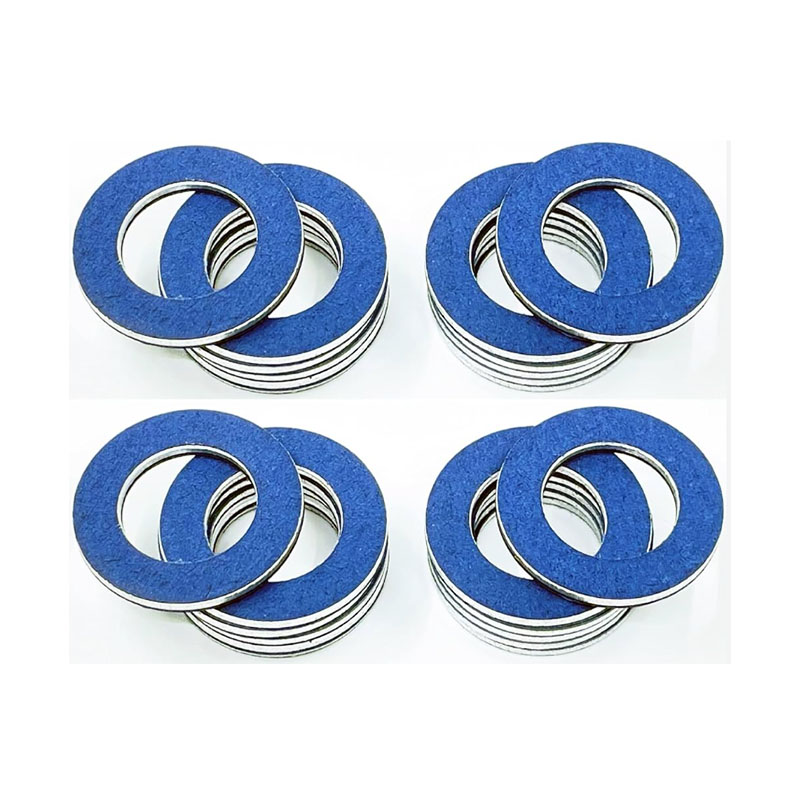Understanding the Importance of Side Shaft Oil Seals in Automotive Maintenance and Performance
The Importance of Side Shaft Oil Seals in Automotive Engineering
In the world of automotive engineering, precision and efficiency are paramount. One often overlooked component that plays a crucial role in maintaining these qualities is the side shaft oil seal. This small yet indispensable part operates at the heart of the driveline system, ensuring smooth performance and reliability for vehicle operations.
Understanding Side Shaft Oil Seals
Side shaft oil seals, also known as axle seals, are designed to retain lubrication within the axle assembly while preventing contaminants from entering. They are typically made from durable materials such as rubber or synthetic compounds, which enable them to withstand various environmental conditions, including extreme temperatures, moisture, and exposure to chemicals.
These seals are strategically located at the junction of the axle and the transmission, ensuring that the oil remains contained within the axle housing. The primary function of a side shaft oil seal is to prevent oil leakage, which can lead to severe mechanical failures if not addressed promptly.
The Mechanics Behind Side Shaft Oil Seals
The design of side shaft oil seals includes several essential components—a seal lip, body, and spring. The seal lip is the part that makes contact with the axle shaft, providing a tight seal to prevent oil from escaping. The body holds the seal in place, while the spring ensures that the lip maintains constant contact with the shaft. This combination allows for effective sealing even under varying operational conditions.
When the vehicle is in motion, it experiences numerous forces that can affect the integrity of the oil seal. Vibrations during driving, temperature fluctuations, and changes in pressure can all impact the seal's performance. This is why regular maintenance checks are critical to ensure that the side shaft oil seals remain intact and functional.
side shaft oil seal

Consequences of a Failing Side Shaft Oil Seal
Ignoring the condition of side shaft oil seals can lead to a host of problems. The most immediate issue is oil leakage, which can not only reduce the amount of lubricant available for critical components like bearings and gears but can also lead to a drop in performance. Insufficient lubrication can cause increased friction, resulting in overheating and potential damage to the axle and differential.
Furthermore, a leaking oil seal can allow dirt, debris, and other contaminants to enter the axle system. This contamination can accelerate wear and tear on internal components, leading to more costly repairs and even complete axle failure. In some cases, a failing oil seal can also cause noises during driving, signaling that immediate attention is required.
Maintaining Side Shaft Oil Seals
To extend the life of side shaft oil seals and avoid the problems associated with failure, vehicle owners should engage in regular maintenance. This includes periodic inspections for signs of leakage, wear, or damage. Regular lubricant changes can also help maintain optimal performance and prevent the build-up of contaminants that can degrade seals over time.
If a side shaft oil seal does show signs of failure, it is crucial to replace it promptly. The process typically involves removing the old seal, cleaning the mounting surface, and carefully installing a new seal to ensure it is seated correctly.
Conclusion
In conclusion, side shaft oil seals are a vital component in ensuring the smooth operation of a vehicle's driveline system. By preventing oil leaks and blocking contaminants, these seals help maintain the efficiency and reliability of vehicles. Regular maintenance, quick identification of issues, and timely replacement can significantly extend the life of both the seals and the vehicle itself. Recognizing the importance of this small part can save vehicle owners time and money while enhancing their driving experience.
-
The Ultimate Guide to Boat Propeller Bearings and Trailer Wheel Bearings
News Jul.31,2025
-
The Essential Guide to Marine Bearings and Boat Trailer Wheel Bearings
News Jul.31,2025
-
The Complete Guide to Heavy Duty Seals: Protecting Doors and Spaces Efficiently
News Jul.31,2025
-
Essential Guide to Marine Shaft Bearings and Boat Trailer Axle Bearings
News Jul.31,2025
-
Comprehensive Guide to Marine and Trailer Bearings for Safe Boating and Transport
News Jul.31,2025
-
Comprehensive Guide to Automotive Oil Seals: Protecting Your Engine and Shafts
News Jul.31,2025
-
Understanding Automotive Oil Seals: Essential Components for Engine and Shaft Protection
News Jul.30,2025
Products categories















